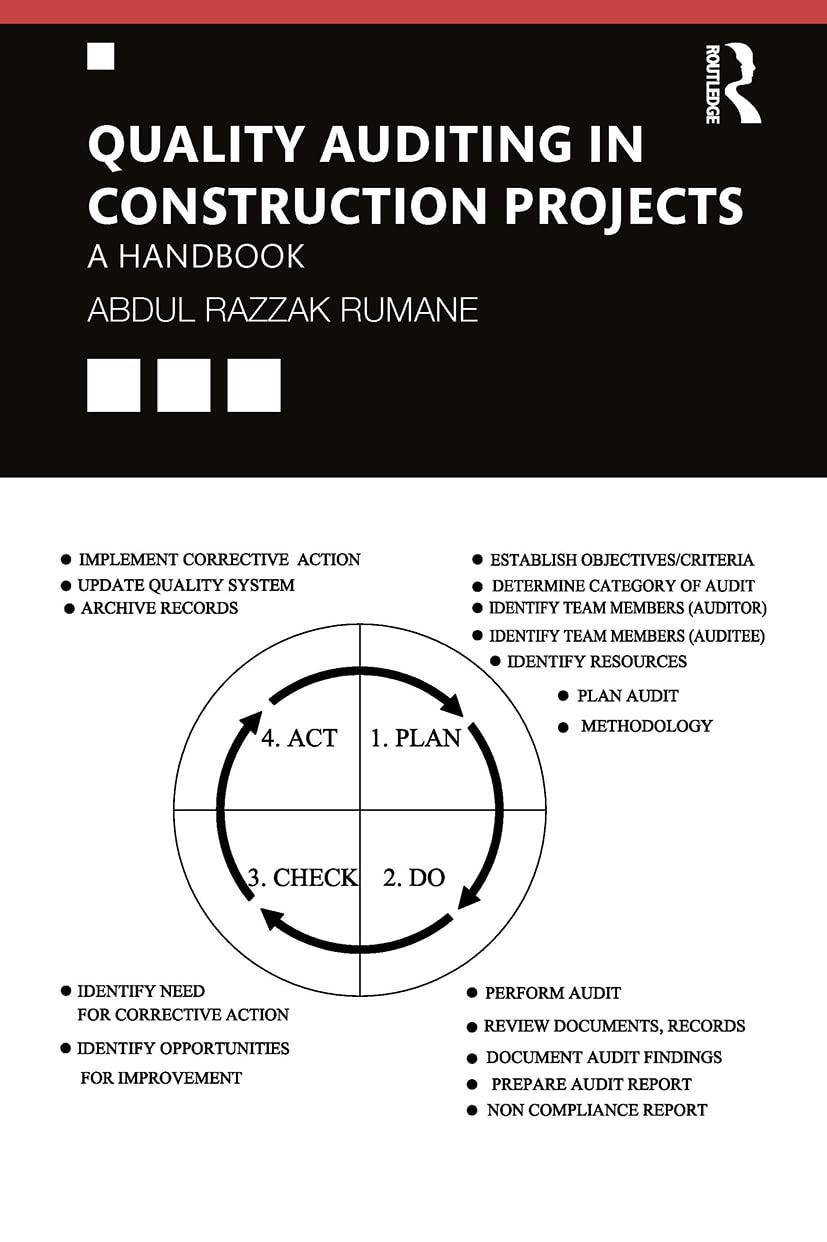Question
A, B and C form an equal partnership. A contributes accounts receivables for services rendered (A.B-$0, FMV.-$10,000); B, a real estate dealer, contributes lass held
A, B and C form an equal partnership. A contributes accounts receivables for services rendered (A.B-$0, FMV.-$10,000); B, a real estate dealer, contributes lass held primarily for sale (A.B.-$5000, FMV-$10,000); and C, an investor, contributes land (AB-$20,000, FMV-$10,000). Unless otherwise stated, the partnership is not a dealer in receivables or land, all contributed assets have been held long term by the partners prior to contribution, and the traditional method of allocation is applied with respect to all contributed property. What tax results in the following alternative transactions:
a) The partnership sells the receivables contributed by A for $10,000?
b) The partnership sells the lots contributed by B for $10,600?
c) The partnership is a real estate dealer and sells the land contributes by C for $17,000?
d) same as (c), above, except the sale is for $7000?
e) Would the result in any of the above transactions change if all sales had occurred six years after the property was contributed?
Step by Step Solution
There are 3 Steps involved in it
Step: 1

Get Instant Access to Expert-Tailored Solutions
See step-by-step solutions with expert insights and AI powered tools for academic success
Step: 2

Step: 3

Ace Your Homework with AI
Get the answers you need in no time with our AI-driven, step-by-step assistance
Get Started


